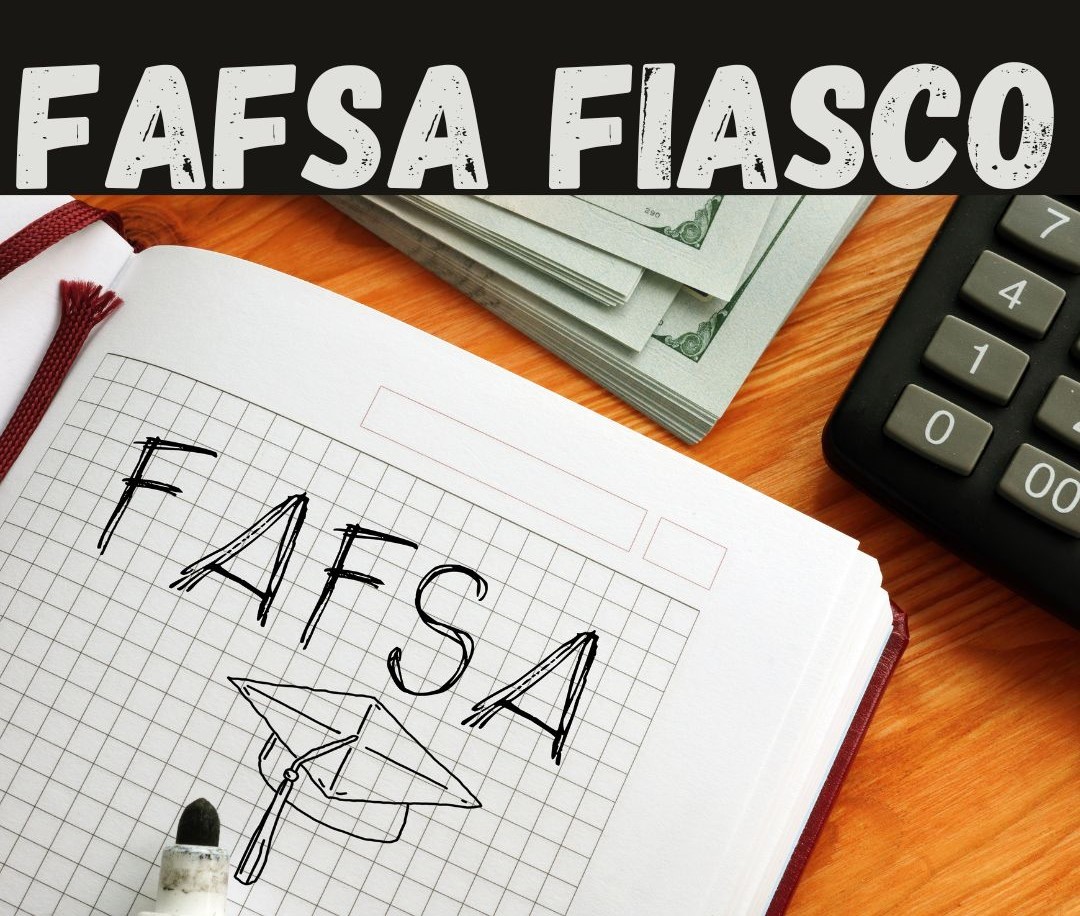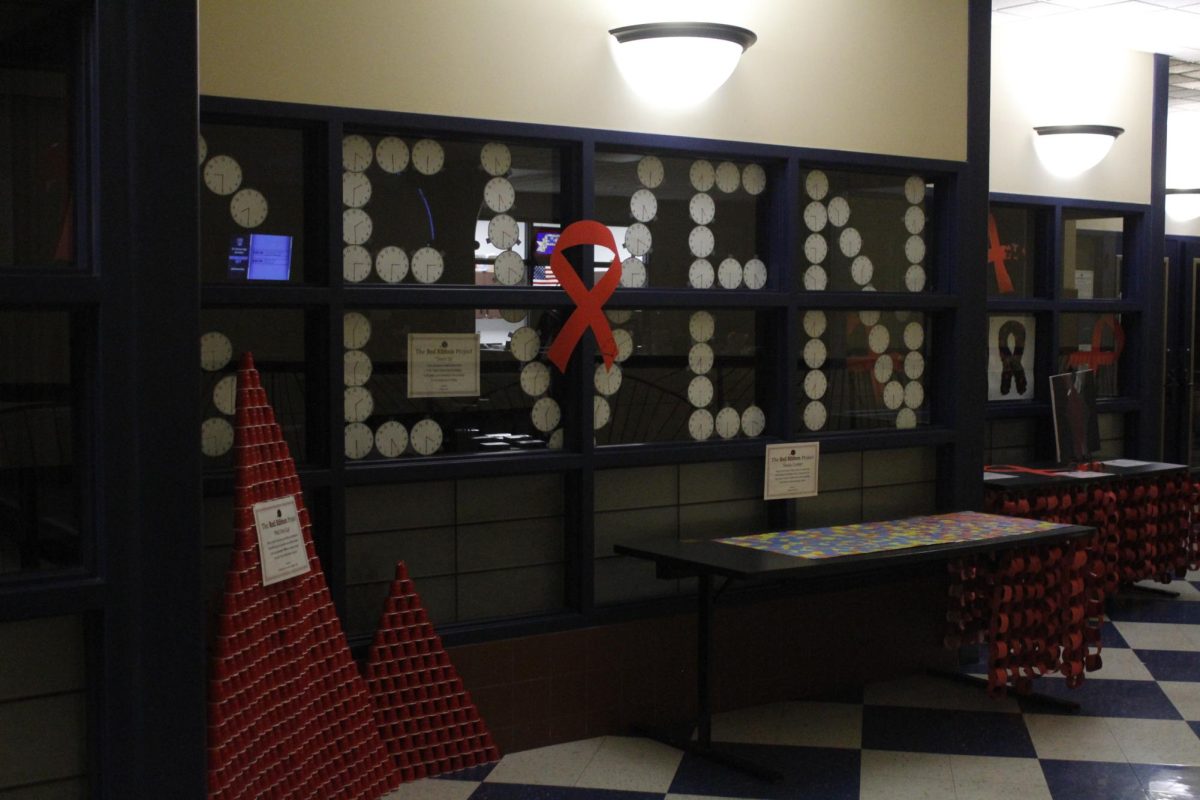This year the U.S. Department of Education delayed the release of the FAFSA in order to work on making a new version that would be easier for students to apply for financial aid. While at the beginning many were ambitious but soon after it was released in December, the ambition died.
The FAFSA was released in December 2023 for students to begin filling out. When the FAFSA was first released it wasn’t available 24/7 and it didn’t become fully available until Jan. 8, 2024. Financial aid packages are also being delayed, leaving many families in the dark and making an already stressful time more stressful.
“The first issue that we have encountered with FAFSA is that the opening date was pretty significantly delayed. Each year the FAFSA opens on October 1st but this year, due to the changes FAFSA made, it did not open until December 31st,” Guidance Counselor Sarah Scaturro said.
Not only has the delay affected students, but also colleges. The delays made it increasingly difficult to make student’s financial aid packages. Due to this, many colleges have extended their commitment deadline to June 1 to accommodate students who are still waiting for their packages.
“This has caused a significant delay in students’ financial information being sent to the institutions that they are applying to. The problem with there being a delay in the financial information, is that colleges are struggling to give accurate awards letters to students so scholarship and loan information is being delayed,” Scaturro said.
While there have been many problems with the FAFSA this year, the intention of the Department of Education was to make it easier for students to fill out, making the form 36 questions rather than the 108 questions that used to be on the form. Students also will automatically qualify for grants, such as Pell Grants. The hope is that in the future after everything is fixed, it will be extremely easy for students to apply for student aid giving students better access to secondary education.
“There are some other changes that I think are causing more of a problem than an improvement but if a larger number of students really are eligible for free money towards their education, then the changes might be worth it. I think we will have to wait and see the data,” Scaturro said.









